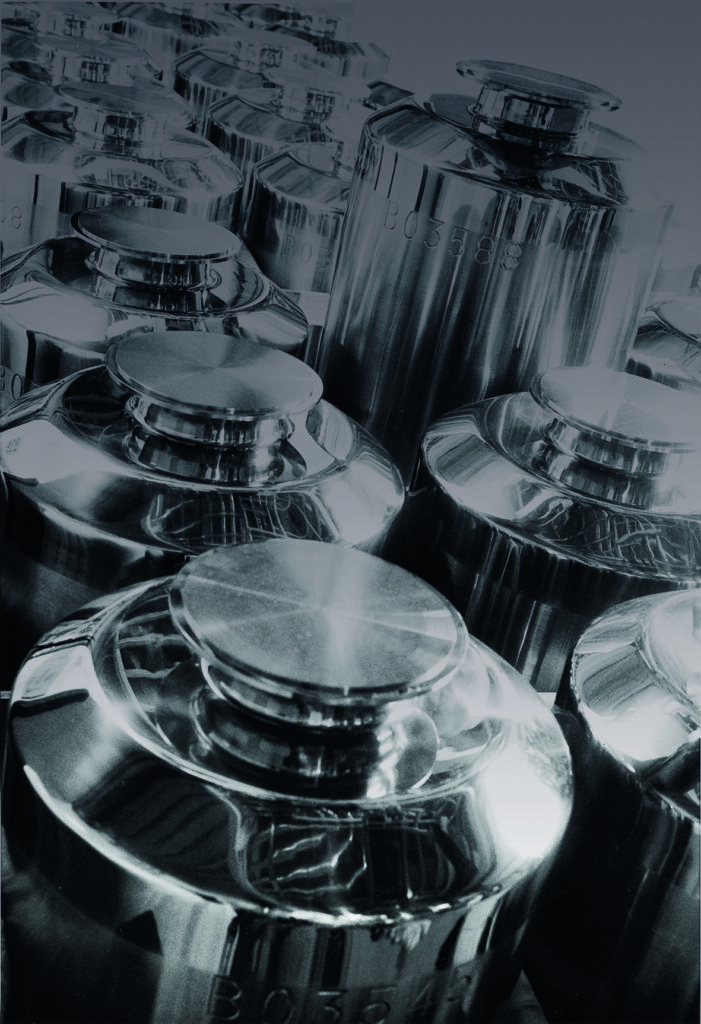Nuclear Waste Services (NWS) gave a presentation to the Partnership about engineering and safety of a GDF.
Members were particularly interested in how High Heat Generating Waste would be managed in a GDF and asked for more information. NWS has put together this article:
WHAT IS HIGH HEAT GENERATING WASTE?
High Heat Generating Waste (HHGW) refers to waste which produces enough heat, that its heat must be taken into account when designing the Geological Disposal Facility (GDF). HHGW includes a range of materials from historic UK nuclear fuel cycle operations (including spent nuclear fuel reprocessing), and ongoing UK nuclear reactor operations.The majority of HHGW in the UK is either:
- Spent fuel – fuel which has been used in a nuclear reactor and now contains heat generating by-products.
- High level waste – a waste product arising from the reprocessing of spent fuel. In the UK we mix this into glass in a process called vitrification to give a solid waste for disposal.
Spent fuel is not currently classed as waste as there is the potential for it to be reused. However, for planning purposes it is assumed that it will be disposed of in a GDF so NWS needs to develop suitable concepts to support decision making. If spent fuel were to be reprocessed in the future, NWS would anticipate an increased inventory of high level waste would be destined for geological disposal. This would contain most of the heat generating radioactivity from the spent fuel.

High Heat Generating Waste
DOES ALL RADIOACTIVE WASTE PRODUCE HEAT?
Yes, all radioactivity produces heat but for most radioactive wastes, the level of radioactivity is low, meaning the heat output is not a major factor for disposal. Wastes destined for the GDF where heat is not a major factor in their disposal are referred to as Low Heat Generating Waste (LHGW). By volume, LHGW forms around 90% of the waste destined for a GDF, while around 10% of the waste is HHGW.
WHERE IS HHGW CURRENTLY STORED?
HHGW is currently stored at Sellafield and at nuclear power plants’ safe and secure surface storage facilities. It will stay there until its heat output is low enough for efficient disposal, and until a GDF has been constructed. Current Government Policy says that all HHGW will be disposed of in a GDF.
HOW WILL HHGW BE DISPOSED OF IN A GDF?
In a GDF, HHGW will be disposed of in robust containers designed to remain sealed for 10,000 years or more. Each container will be surrounded by additional engineered barriers designed to protect it and preserve its integrity while the radioactivity reduces to safe levels. The containers will be placed in tunnels deep underground. They will be spaced out to ensure the heat and increased temperatures are spread out and do not prevent the GDF from safely isolating and containing the HHGW.
HOW HOT IS HHGW?
The temperature of the HHGW and the GDF will change over time. At the time of disposal, the HHGW containers will be close to background temperature in the GDF.
Once HHGW is disposed of it will slowly heat the surrounding engineered barriers and host rock. The heat output will reduce with time as radioactivity reduces.
Eventually, temperatures will peak before reducing back to background levels. The heating and reduction of radioactivity is slow but predictable.
Peak temperatures will only occur decades or centuries after the HHGW has been disposed of. NWS will also set a limit on the peak temperature to ensure the integrity of the waste, waste container, engineered backfill and host rock.
The limits adopted by other international geological disposal programmes are typically in the range of 100°C to 200°C.
The well-established approach from other international geological disposal programmes for controlling HHGW temperature is to space out the waste. NWS will control the peak temperatures by controlling how much HHGW is loaded into each waste package and how closely it spaces those waste packages within the GDF.
WHY CAN’T THE HEAT BE REUSED?
The HHGW heat output needs to be considered in the design of the GDF. However, the total amount of heat and how it is spread out in a GDF makes it impractical to harness it as a resource.
The total heat output when all HHGW has been disposed of in a GDF is estimated to be 13.5MW. Setting aside the challenges with harnessing this heat output, and also assuming it could be all converted to electrical power, this would only be equivalent to the power rating of a single large offshore wind turbine.
Heat output from HHGW is typically 1kW to 2kW per waste package at the time of disposal, similar to that of an electric kettle or lawn mower. This heat output is spread out over a very large container, typically around 25te (the weight of 20 cars). Harnessing this heat output would be very technically challenging and add unnecessary complexity to the GDF.
